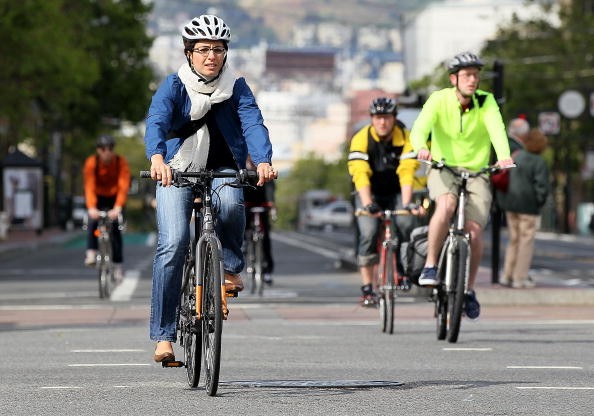
A new transport study looked into the travel habits of the high and low income people and discovered something interesting. While low-income earners would bike and walk when the neighborhood density is high and everything they need is accessible, the rich ones would do so only if their place is "attractive."
The research conducted by the University of Washington team led by civil and environmental engineering associate professor Cynthia Chen and funded by Pacific Northwest Transportation Consortium showed the interesting disparity of travel behavior between two economic groups.
For the study, in 2013 they surveyed more than 500 households found in King County who were then grouped as low or high income earners. Low earners are those whose average income was $40,000 to $60,000. High-income earners, on the other hand, could get as much as $140,000. The participants were then asked to answer a series of questions pertaining to their travel habits, transport, and environment.
Upon analysis, they learned that motivations between the two groups are vastly different-that is, low income earners, who are more likely to live in denser neighborhood, would ride a bike or walk due to smaller space and accessibility of everything they needed. Meanwhile, the high-income earners, Chen cited, would do so because it's their choice. What inspired these high-income earners to walk or bike was the interesting designs they see in buildings and homes.
The chance that both of the groups would bike more often increased for each bike they had.
Many studies have already shown the benefits of walking or biking as they could be forms of exercise. But to make the most of walking for example, one has to walk at least 150 minutes a week, the American Heart Association (AHA) suggested.
The researchers then suggested that to reduce dependence on motorized vehicles, it's time to create more customized strategies depending on the demographics of a neighborhood.



